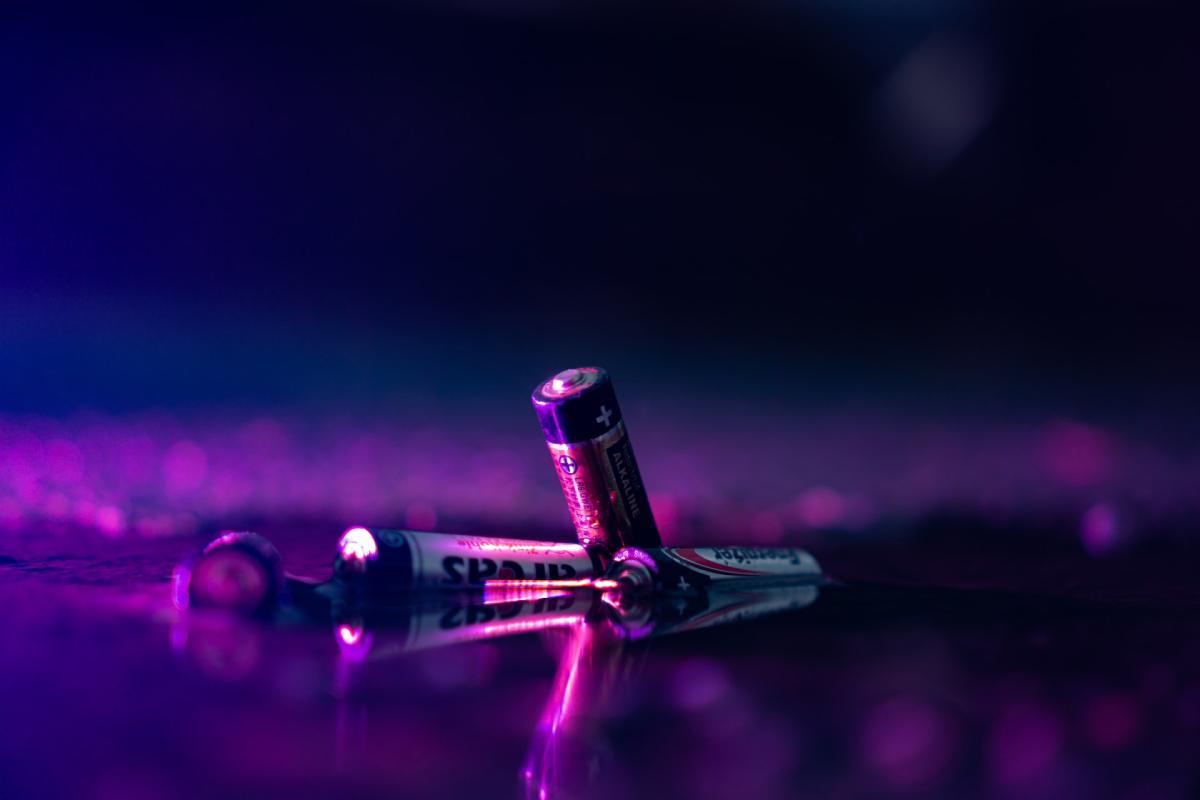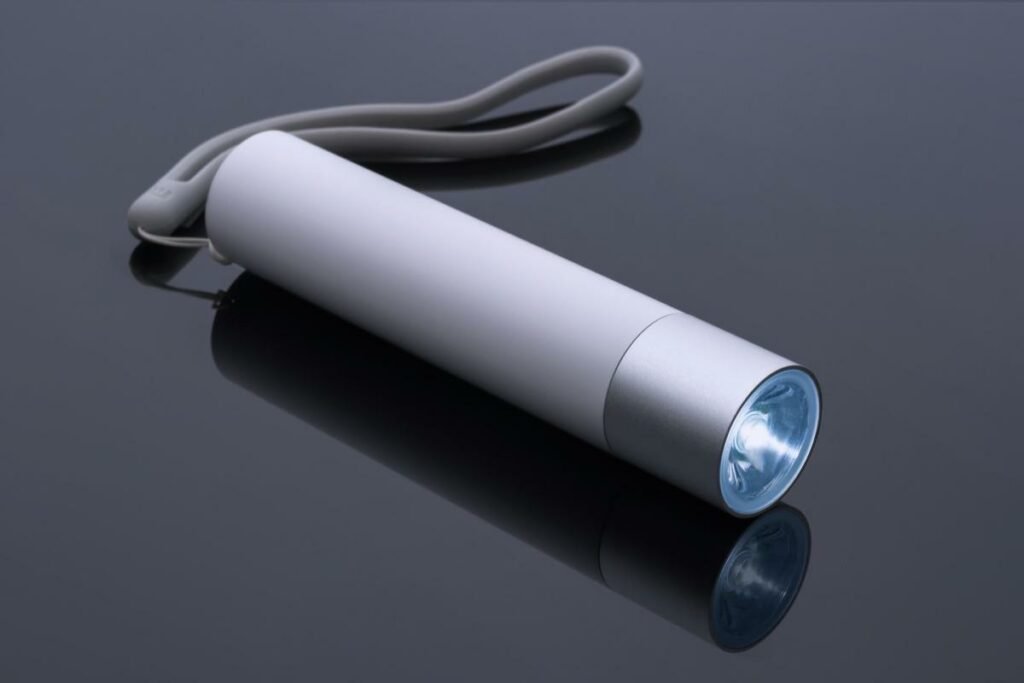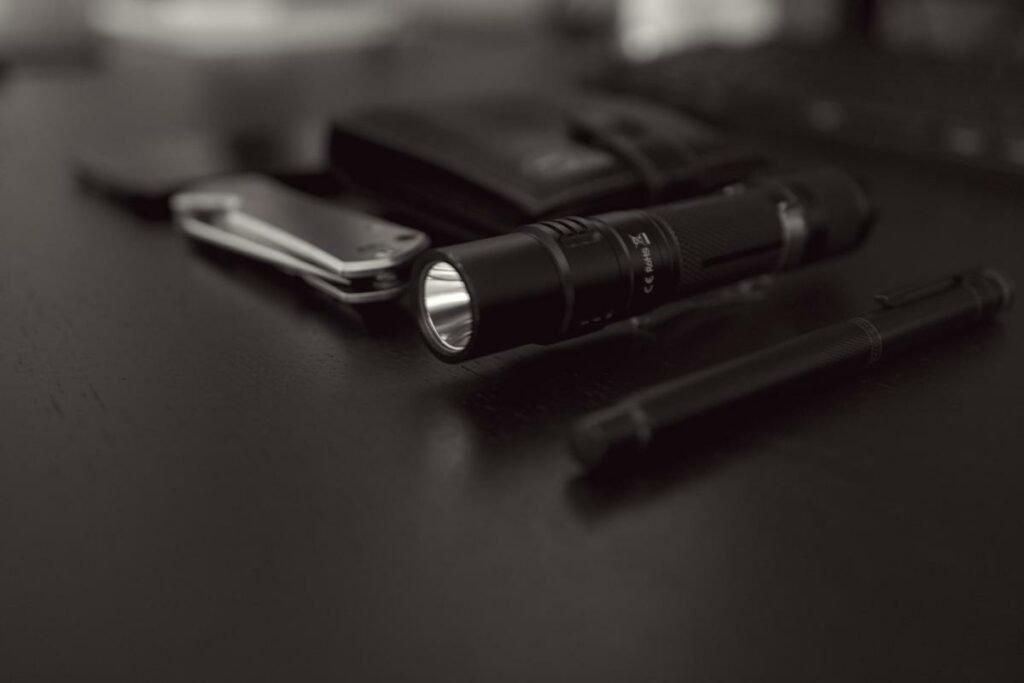
A flashlight can come in handy on many occasions. You might even need it quite unexpectedly. There is a sudden power outage, and you reach for your flashlight only to find that it doesn’t switch on.
Say you are stranded in a faraway place or the wilderness; the worst thing that could happen is finding out your flashlight doesn’t work. There could be many reasons for this. If your flashlight is rechargeable, the batteries may be dead. Or it could be a technical fault in the hardware.
It could even be that your flashlight battery corrosion and leaking. These can prevent your flashlight from switching on when you most need it to.
Flashlight battery corrosion is common, and cleaning your device periodically is essential. Discover how to clean a flashlight and tips on flashlight care.
Why Do Flashlight Batteries Leak?
Battery leakage is one of the most common problems you face with flashlights. Most of the flashlights meant for regular use work with alkaline batteries. Alkaline batteries leak more often than other batteries.
It is because as alkaline batteries discharge or age, the chemical structure of the batteries changes.
One of the main byproducts of this process is hydrogen gas. The release of hydrogen gas causes a pressure build-up inside the battery that can rupture the battery seal leading to a leak in potassium hydroxide.
Over time, this type of leakage can lead to flashlight battery corrosion and prevent it from working.
How To Prevent Battery Leakage In A Flashlight?
Improper care is what usually leads to battery leakage. Therefore, you must ensure that you take adequate care of the batteries to use them for a long time.
An essential point to note is to store the batteries properly. You must not keep them in an environment with drastic temperature changes, such as the inside of a car where it gets boiling.
The heat can cause the batteries to drain faster. Storing in environments with hot temperatures could also cause the battery’s internal seals to wear down quickly.

You must store the batteries in an environment where the temperature is between 50 and 77 Fahrenheit.
If you don’t use your flashlight often, keeping the batteries outside the flashlight is best. Then even if the battery leaks, it won’t cause any damage to the flashlight battery corrosion. You can store them in a battery caddy, so they are secure and won’t accidentally short-circuit each other.
Also, avoid using damaged batteries because they could have weakened cell walls that could cause leakage. It’s best not to use batteries of different brands or discharge levels together. It could lead to reverse charging, which could weaken the batteries and cause leakage.
If possible, try to get a flashlight that uses lithium instead of alkaline batteries. Lithium batteries have better cold weather performance and are less likely to leak than alkaline batteries.
Flashlight Battery Corrosion: How To Clean A Flashlight
Corroded batteries in a flashlight could be messy and trouble to clean. You need to clean your flashlight to ensure you can use it in future. Here is how you can do it.
Things You Need
- Towels
- Bottlebrush
- Rubber gloves
- Dowel rod to fit in the flashlight
- White vinegar
- Drill
- Water
- Hammer
- Piece of wood
Steps To Clean
If both ends of the flashlight are removable:
- Wear a pair of gloves and keep the flashlight on a piece of wood or a hard surface.
- Remove both ends of the flashlight.
- Place a dowel rod on the flashlight battery corrosion.
- Tap the end of the rod with a hammer to remove the battery and dispose of it.
If both ends of the flashlight can’t be removed:
- Use a drill with a long bit and screw it into the end of the battery.
- Once the bit is secure, pull the battery out.
- Look inside the flashlight to check the electrical parts, usually around the bulb.
- If the electrical parts are near the bulb, pour a mild acidic base, like white vinegar, and scrub the inside of the flashlight with a bottle brush. Rinse thoroughly with water.
- Don’t use vinegar if the electrical parts are not separate from the battery compartment. Instead, use a cloth soaked in vinegar to clean the inside. Once done, use another cloth soaked in water to clean out any residue.
- Allow the flashlight to fully dry before inserting new batteries.
Here’s a complete guide on how to clean a flashlight: https://outlighter.com/how-to-clean-a-flashlight/
Tips For Cleaning A Flashlight
Here are a few things to keep in mind and follow when cleaning a flashlight battery corrosion.
- Always wear protective gloves when cleaning a flashlight. Your skin should not come in contact with battery acid.
- Some have found it easy to remove the batteries using Coca-Cola. Soak the battery in Coca-Cola and tap lightly until the batteries fall out.
- Vigorous shaking can also help batteries come off loose if they are not too badly corroded.
- If the corrosion is more extensive, you need to soak the flashlight in vinegar for several minutes.
- Check for the battery warranty, as companies like Energizer, Duracell, and Rayovac will repair or replace batteries that leak before the printed date on the wrapper.

How To Clean The Exterior Of A Flashlight
Cleaning the flashlight battery corrosion is a simple procedure. All you need is a damp cloth or brush and dry cloth.
The purpose is to wipe the exterior of the flashlight after every use to prevent the build-up of dirt and grime and remove the moisture.
Use a damp cloth to clean the exterior of the flashlight. If it has a lot of nooks and crannies, you can use a small brush like a toothbrush to reach every corner. If you require hard-core cleaning, use an alcohol pad for the best results.
Make sure that whatever you use is suitable for your flashlight battery corrosion. For example, don’t use alcohol on rubber as it can dry out the rubber and cause cracking. Instead, opt for cleaners that are specifically made of rubber materials.
Here are a few do’s and don’t on flashlight care:
Do’s
- Do store your flashlight in a cool and dry location where it’s easy to reach in an emergency.
- Do remove batteries and store your flashlight.
- Do keep flashlights in multiple locations in your home and car.
- Do keep extra batteries next to your flashlight.
- Do check and replace your flashlight battery corrosion every few months.
Dont’s
- Don’t store your flashlight in high-temperature environments.
- Don’t store your flashlight under direct sunlight.
- Don’t store your flashlight under the car seat.
Conclusion
Battery corrosion is common in flashlights, especially when taken care of poorly. Therefore, it’s essential to store flashlights and batteries properly to prevent battery leakage and damage to the flashlight battery corrosion.
You should also clean flashlights to prevent dirt and grime and periodically check if they function correctly.
Frequently Asked Questions
Does Corrosion Occur In All Flashlights?
Corrosion can occur if flashlights are not adequately taken care of and monitored periodically.
How To Prevent Corrosion In Flashlights?
Store batteries out of the flashlight in a cool and dry place to prevent corrosion.
Also Read:
The Ultimate Guide to Choosing Hiking Flashlights
5 REASONS WHY YOU NEED A LED FLASHLIGHT FOR HUNTING OR CAMPING






